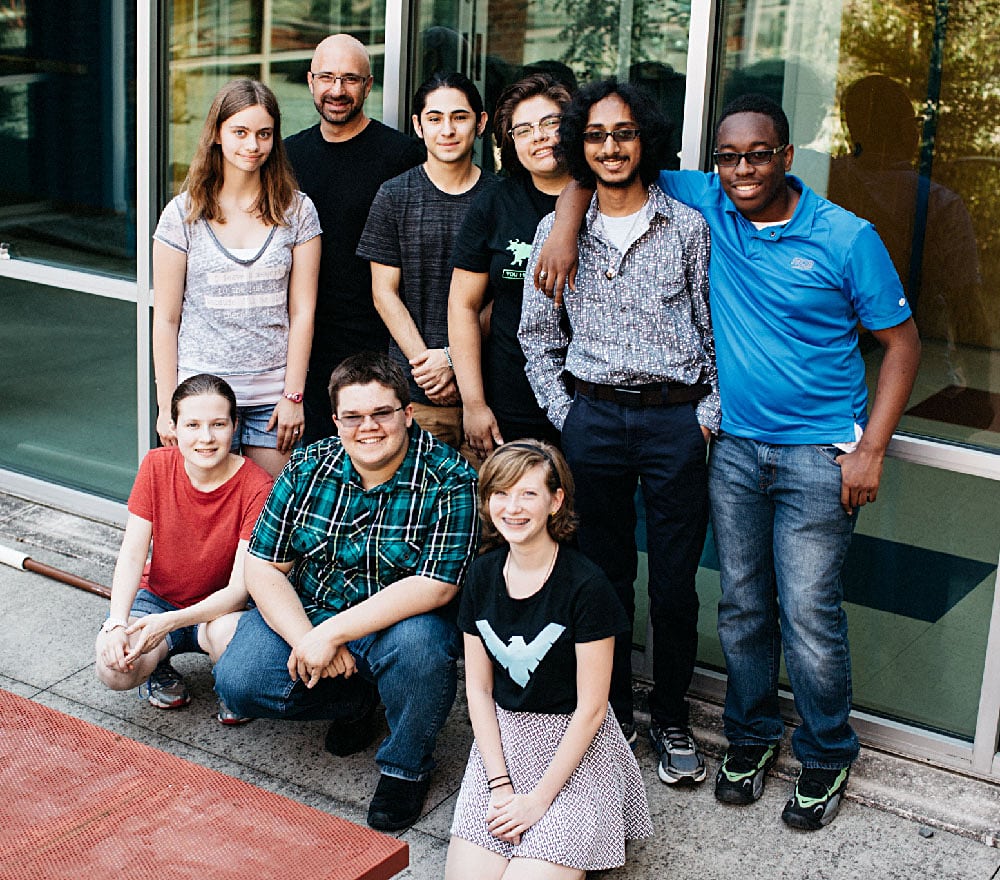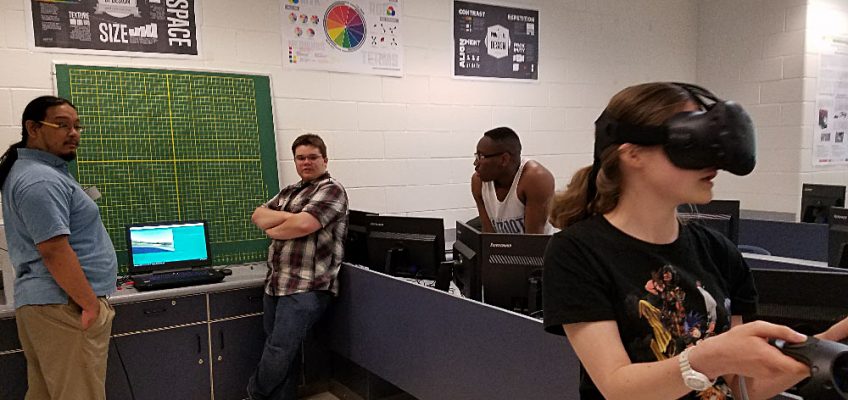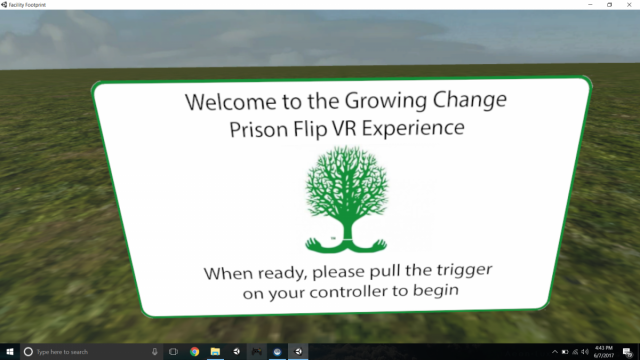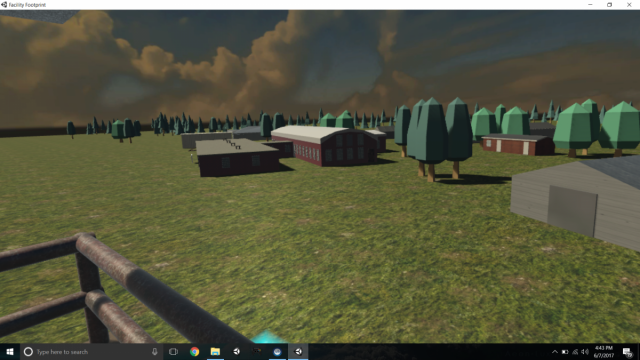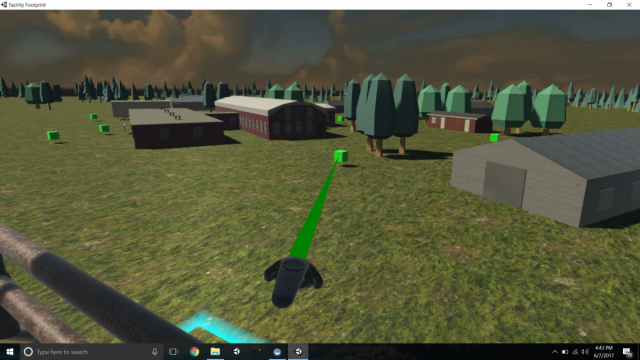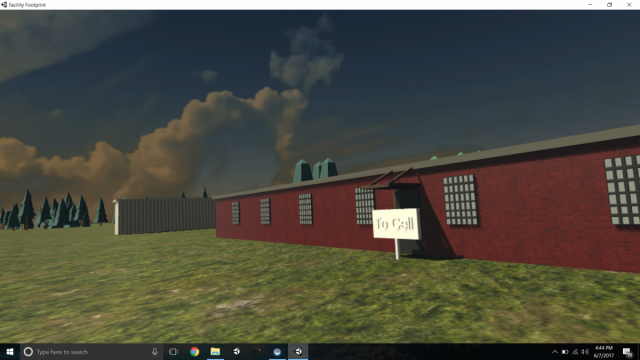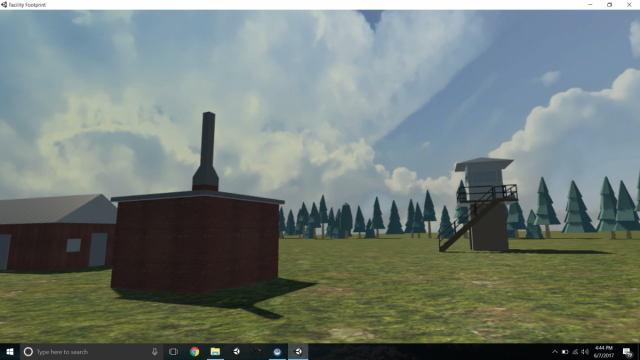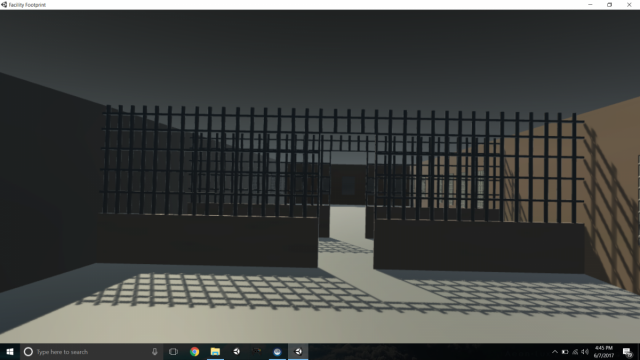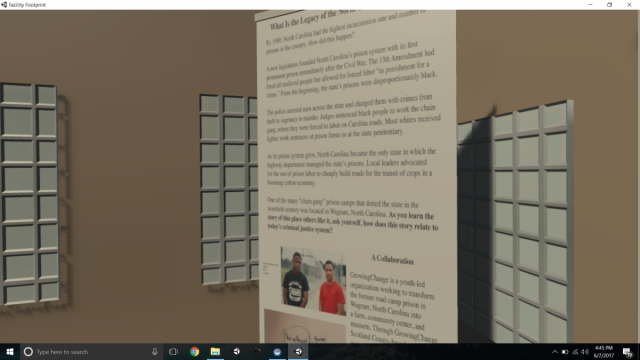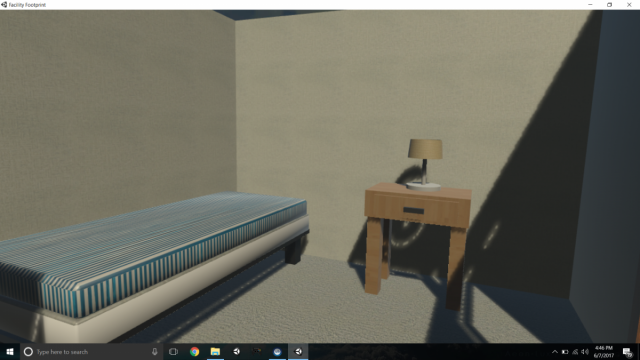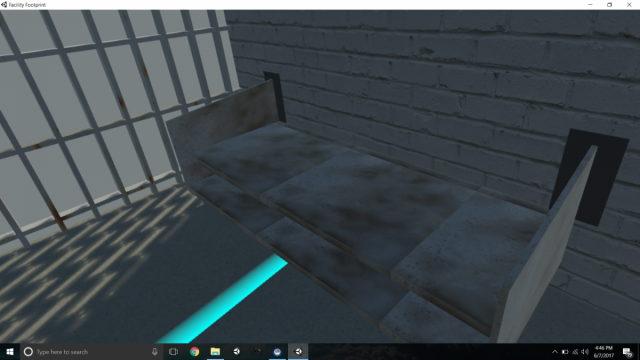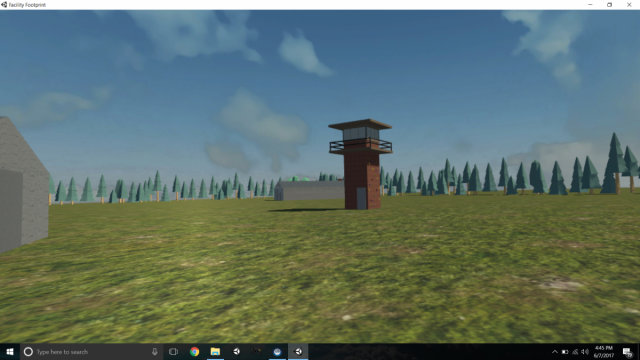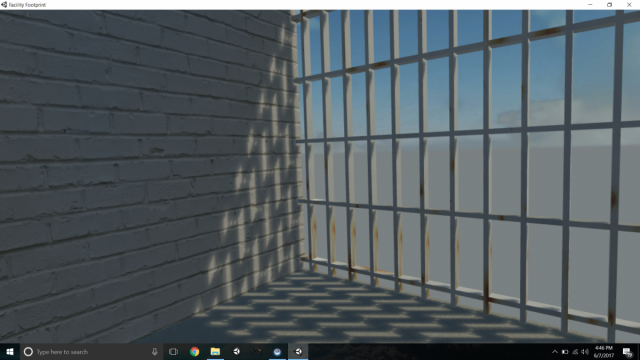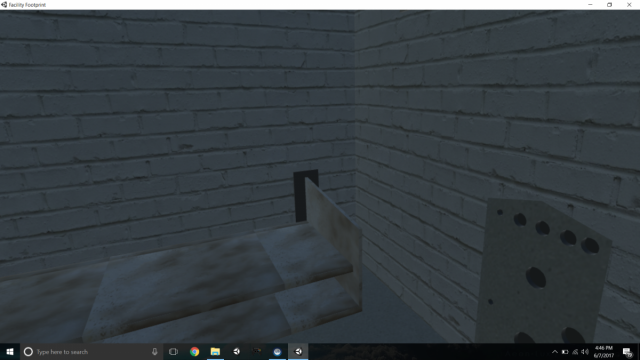Students in a cutting-edge collaborative project to transform abandoned prisons learn to program VR experiences while improving their local community
Eight US High School Seniors graduating this summer from Durham School of the Arts in North Carolina found a great way to build a digital skills portfolio while at the same time making a valuable contribution to their real-world communities. This not only means means they will be among the first kids in the country to leave school with computer programming experience directly relevant to virtual reality technology, but that they will also have a hand in making the real world a much better place.
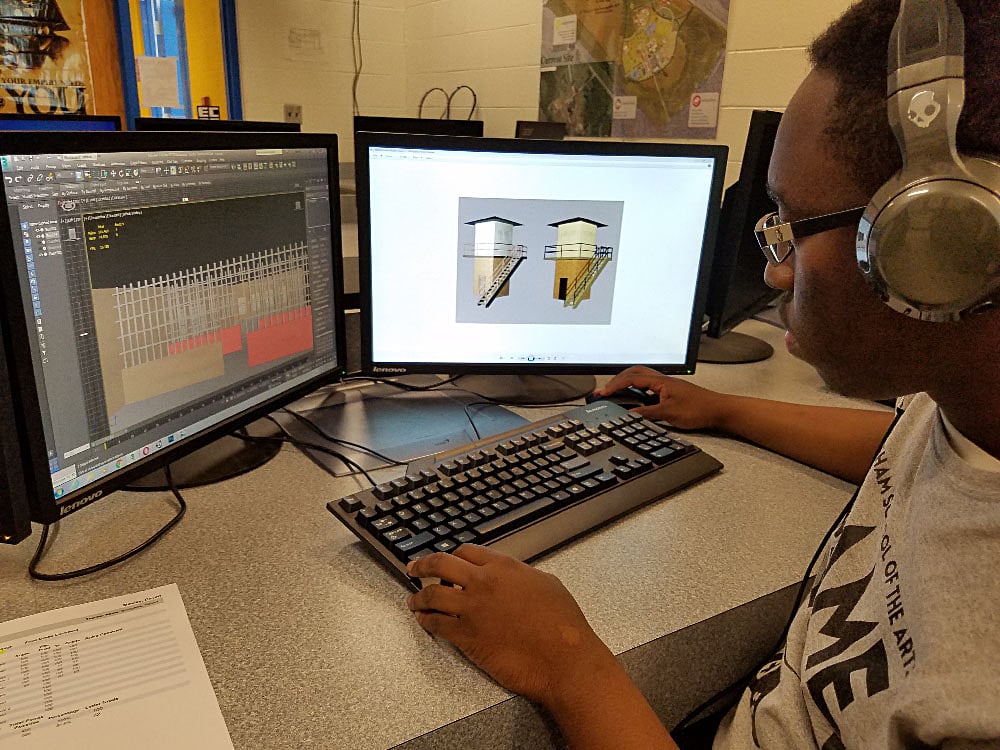
The cutting-edge program paired private sector support from insurance providers State Farm, Duke University and Durham based VR agency Lucid Dream, with not-for-profit Growing Change, on a mission to convert abandoned NC prisons into community centres, offering housing for veterans and facilities for at-risk youths.
The students use Virtual Reality to support turning abandoned prisons into much- needed community centres Click To TweetWorking under veteran teacher Robert Bourgeois, the kids painstakingly recreated each room in an abandoned correctional facility in rural Wagram, which is one of the poorest counties in North Carolina.
The final product allows a viewer to “walk” around the prison and experience the site both before and after its conversion to a community centre, seeing its transformation from a bunker into a museum, or how the watch tower doubles up as an amazing climbing wall. The students’ goal is to use these advanced visualization techniques to build concrete support for Growing Change’s program, which ultimately aims to become a national model for repurposing closed prisons and putting that space to good use for the communities in which those buildings are located.
The students learn valuable digital skills while actively contributing to improving the community Click To Tweet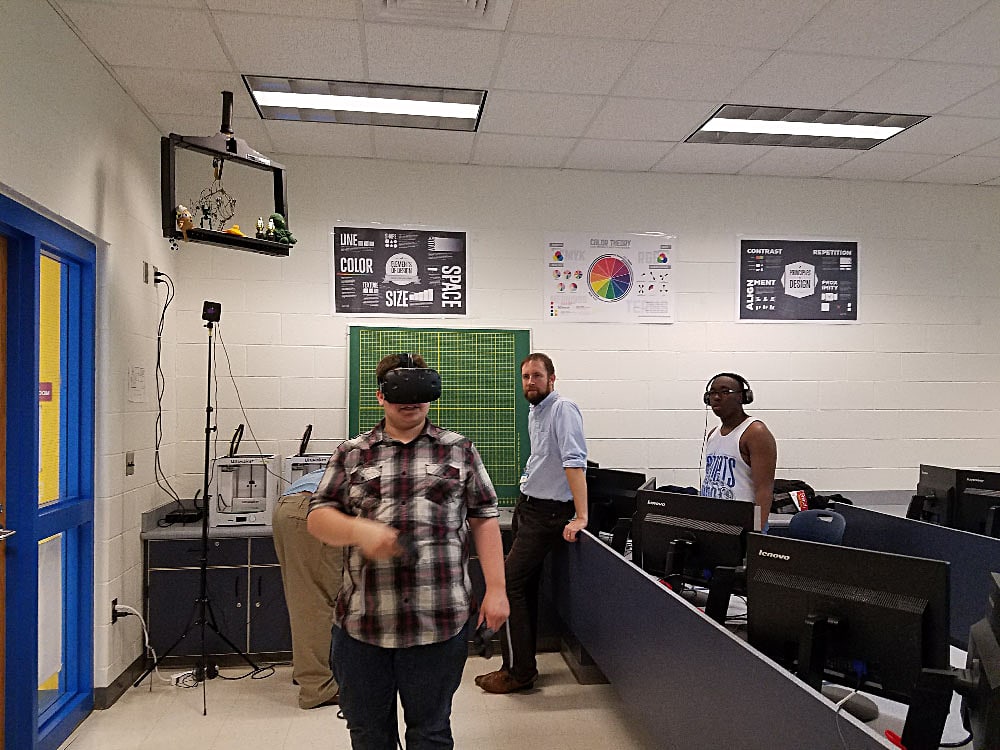
The year-long program, utilising HTC Vive technology, is among the first in the country to teach school kids how to program VR, and the project is so unique it caught the attention of the MIT school of architecture who will now leverage the work done by the kids to draw up a full set of architectural plans for the site.
The project used HTC Vive technology and attracted the attention of MIT Click To TweetYou can see this future generation of VR Experience Designers in action below, and I have to say I’m really impressed with the professionalism of these youngsters as well as with the amazing results they achieved. I for one would hire them in a heartbeat and would be surprised if they don’t have a bright future in the tech industry if they choose to pursue those career paths.
For companies looking to gain a competitive edge through technology, Tech Trends offers strategic Virtual Reality and Digital Transformation Consultancy services tailored to your brand.
Alice Bonasio is a VR and Digital Transformation Consultant and Tech Trends’ Editor in Chief. She also regularly writes for Fast Company, Ars Technica, Quartz, Wired and others. Connect with her on LinkedInand follow @alicebonasio on Twitter.
